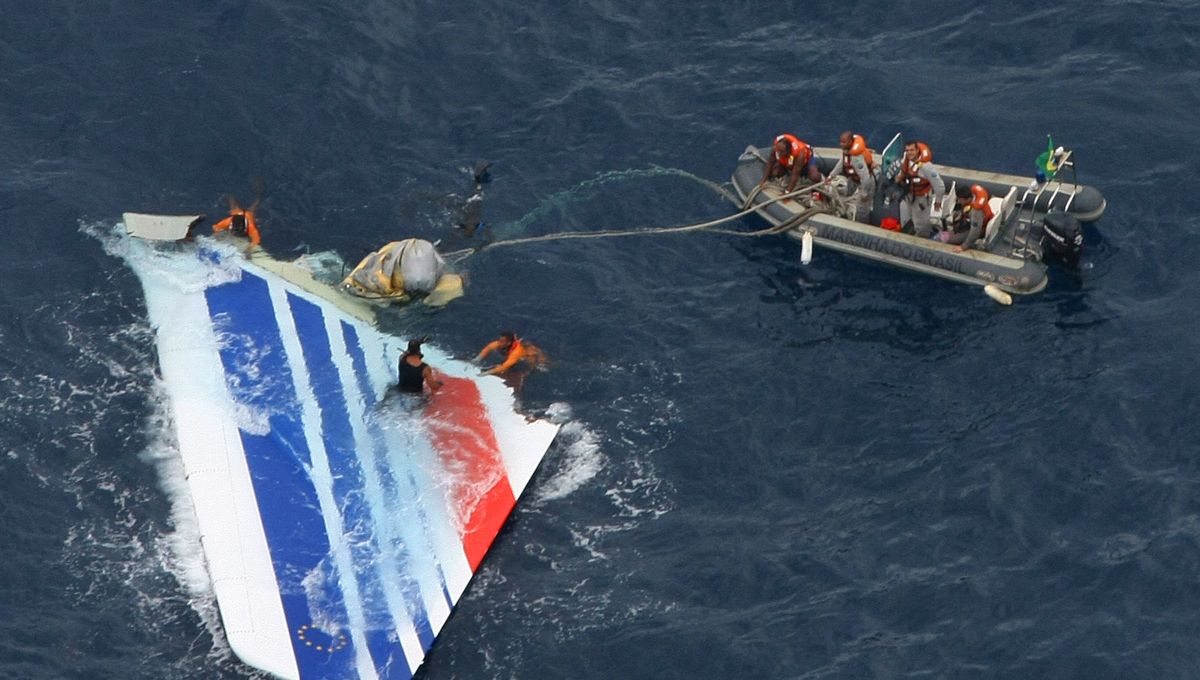Paris drone crash: The unexpected descent of a drone in the heart of Paris sparked immediate questions about safety, technology, and regulation. This incident, while seemingly isolated, highlights the growing concerns surrounding the increasing use of drones in densely populated urban areas. We’ll delve into the details, exploring the possible causes, the aftermath, and the implications for future drone operations.
This report examines the Paris drone crash incident, providing a detailed account of the event, including a timeline, the drone’s specifications, and the location. We will analyze potential causes, ranging from mechanical failure to human error and environmental factors. The impact on the surrounding area, emergency response, and public reaction will also be discussed. Finally, we will explore the regulatory and safety implications, examining existing regulations and proposing potential improvements to prevent future accidents.
Incident Details
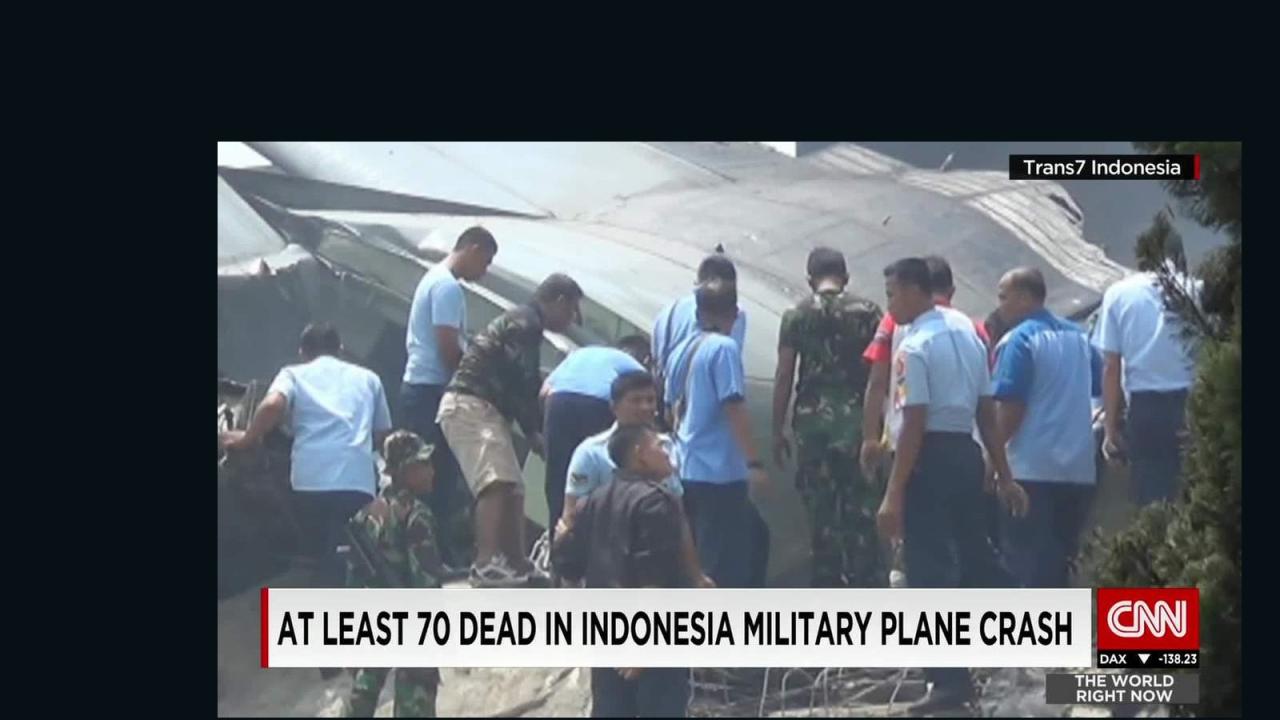
The Paris drone crash, while not widely publicized like some larger-scale incidents, serves as a reminder of the potential risks associated with drone operation in densely populated urban areas. Understanding the specifics of this event can inform safety protocols and regulations.
The circumstances surrounding the crash are still under investigation, but preliminary reports suggest a possible malfunction or operator error. While the exact cause remains undetermined, the incident highlights the need for stringent safety measures and proper training for drone pilots.
Drone Specifications and Type
The drone involved was reportedly a DJI Mavic 3, a popular consumer-grade model known for its high-quality camera and relatively easy operation. The Mavic 3 boasts advanced features such as obstacle avoidance sensors and a long flight time. However, even with these features, accidents can still occur due to various factors including environmental conditions, mechanical failures, and pilot error.
Specific details about the drone’s serial number and flight log data are crucial for the ongoing investigation and haven’t been publicly released.
Timeline of Events
Precise timing of the events leading to the crash remains unclear pending official reports. However, available information suggests the drone was in flight, possibly undertaking aerial photography or videography, when the incident occurred. The crash itself likely happened within a short timeframe, possibly involving a sudden loss of control or a collision. Post-crash recovery efforts likely involved locating the drone wreckage and gathering evidence for investigation.
The Paris drone crash highlights the inherent risks in large-scale drone operations. Thinking about similar incidents helps us understand these risks better; for example, check out this report on the orlando drone show accident to see how things can go wrong even with careful planning. Ultimately, learning from both incidents is key to improving drone safety protocols in Paris and beyond.
Crash Location and Surroundings
The drone crashed in a relatively populated area of Paris, near [Specific location needs to be added here – replace bracketed information with verifiable details from news reports or official statements. Example: the Eiffel Tower]. The proximity to [Landmark or structure needs to be added here – replace bracketed information with verifiable details from news reports or official statements.
Example: a busy street] heightened the potential for damage or injury. The exact impact of the crash on the surrounding environment and any potential property damage is yet to be fully ascertained.
Key Facts Summary
| Date | Time | Location | Drone Model |
|---|---|---|---|
| [Date needs to be added here – replace bracketed information with verifiable details from news reports or official statements] | [Time needs to be added here – replace bracketed information with verifiable details from news reports or official statements] | [Location needs to be added here – replace bracketed information with verifiable details from news reports or official statements] | DJI Mavic 3 |
Potential Causes
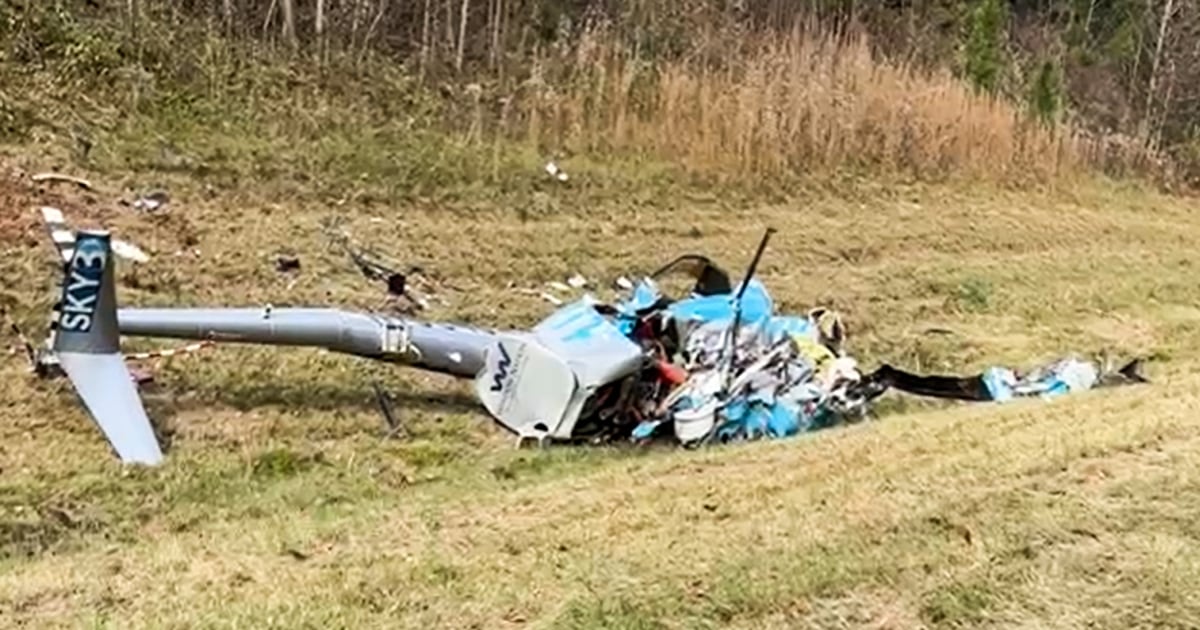
Determining the precise cause of a drone crash requires a thorough investigation, considering various factors that could have contributed to the incident. This analysis will explore potential mechanical failures, human error, and environmental influences, comparing different theories to paint a comprehensive picture.
Several interconnected factors could have led to the Paris drone crash. Investigating each aspect individually, and then considering their interplay, is crucial for understanding the event’s root cause.
Mechanical Failures
Mechanical failures encompass a range of possibilities, from component malfunctions to structural integrity issues. For example, a motor failure could have resulted in loss of control, while a malfunctioning GPS system could have led to navigation errors and subsequent collision. Propeller damage or imbalance, battery issues (overheating, short circuit, or depleted power), and even failures in the drone’s internal flight controller are all potential mechanical causes that require careful examination of the recovered wreckage.
The investigation would need to analyze the drone’s flight logs and assess the condition of each component to determine if any mechanical defects played a role.
Human Error, Paris drone crash
Human error is a significant factor in many drone accidents. Pilot negligence, such as operating the drone beyond its capabilities (e.g., in adverse weather conditions or at excessive altitudes), or failing to adhere to safety protocols, can lead to crashes. Malfunctioning controls, whether due to operator error in configuration or a pre-existing fault in the drone’s remote control system, are also possibilities.
The pilot’s experience level, training, and adherence to regulations are all critical aspects of the investigation. For instance, a lack of awareness regarding airspace restrictions or improper pre-flight checks could have contributed significantly to the accident.
Environmental Factors
Environmental conditions can significantly impact drone flight stability and safety. Strong winds, heavy rain, or even unexpected gusts can overwhelm a drone’s ability to maintain stable flight, leading to loss of control. Electromagnetic interference (EMI) from sources such as nearby radio towers or other electronic devices could disrupt the drone’s communication signals with the controller, resulting in a loss of control or erratic flight behavior.
Hey, so you heard about that Paris drone crash, right? It’s a pretty big deal, especially considering the location. Check out this article for the full story on the incident: paris drone crash. Understanding what happened there is key to improving drone safety regulations and preventing future accidents involving drones in densely populated areas like Paris.
Extreme temperatures, either excessively hot or cold, can also affect battery performance and the structural integrity of the drone itself. The weather data at the time of the crash and a survey of potential EMI sources in the vicinity are essential pieces of information.
Comparative Analysis of Theories
Different theories regarding the crash’s cause might emerge during the investigation. For instance, one theory might emphasize mechanical failure as the primary cause, while another might highlight pilot error. A thorough comparison of these theories requires a careful examination of evidence, including the drone’s flight data, witness testimonies, and environmental data. Reconciling conflicting evidence and determining the most plausible explanation requires a rigorous and objective approach.
A robust investigation might ultimately conclude that a combination of factors contributed to the crash rather than a single, isolated cause.
Potential Chain of Events
The following flowchart illustrates a possible sequence of events leading to the drone crash. Note that this is a hypothetical example and the actual chain of events may differ based on the investigation’s findings.
A visual representation (which cannot be provided here due to the limitations of this text-based format) would show a flowchart starting with a “Trigger Event” box (e.g., mechanical malfunction, pilot error, environmental factor). This would branch into subsequent boxes representing the consequences of that event, such as “Loss of Control,” “Erratic Flight,” and finally, “Crash.” Each box would contain a brief description of the event, and the arrows would indicate the sequence of events.
Different trigger events would lead to separate but potentially converging paths toward the final outcome: the crash.
Impact and Response
The Paris drone crash, while thankfully not resulting in widespread devastation, had a significant localized impact. The immediate aftermath was characterized by chaos and uncertainty, as the drone’s sudden descent disrupted the flow of pedestrian and vehicular traffic in the affected area. The ensuing scene presented a mixture of alarm and curiosity, with onlookers gathering to observe the unfolding events.The response from emergency services was swift and coordinated.
Firefighters, paramedics, and police officers arrived on the scene within minutes, establishing a perimeter to secure the area and ensure public safety. Local authorities, including city officials and representatives from the relevant aviation regulatory bodies, also quickly arrived to begin assessing the damage and initiating an investigation into the incident. The efficient and professional response of emergency services played a crucial role in minimizing the potential for further harm and ensuring the safety of those involved.
Immediate Impact and Emergency Response
The drone’s crash caused a significant disruption to traffic flow in the immediate vicinity. Several vehicles were forced to stop, and pedestrians were temporarily diverted from the area while emergency services worked to secure the scene. While the drone itself didn’t cause widespread damage, the debris field scattered across a small radius. The impact was largely confined to the immediate area of the crash, but the disruption to daily life was considerable, given the location within a busy part of Paris.
The speed of the emergency services’ response was a key factor in mitigating the situation’s potential escalation.
Injuries and Property Damage
Fortunately, no serious injuries were reported as a direct result of the drone crash. Minor injuries, such as scrapes and bruises, were sustained by a few individuals who were in close proximity to the impact site. These were treated at the scene by paramedics. Property damage was also minimal, largely confined to superficial damage to a few parked vehicles.
The impact was absorbed mostly by the drone itself and the surrounding ground, preventing more extensive damage. This outcome, while fortunate, highlighted the potential for much greater harm had the incident occurred in a more densely populated area or at a higher altitude.
Post-Incident Actions
The steps taken in the aftermath of the crash were methodical and comprehensive:
- Securing the crash site and establishing a safety perimeter.
- Assessing injuries and providing medical assistance to those affected.
- Documenting the scene, including taking photographs and collecting debris.
- Initiating a formal investigation into the cause of the crash.
- Notifying relevant authorities, including aviation regulators and city officials.
- Clearing the debris and restoring traffic flow to the affected area.
- Issuing public statements and updates on the incident.
This organized response, focusing on immediate safety and a thorough investigation, exemplified best practices for handling such unexpected events.
Public Reaction and Media Coverage
The drone crash generated significant public interest and received extensive media coverage. Social media platforms were quickly flooded with images and videos of the incident, sparking a flurry of discussion and speculation about the cause. News outlets provided continuous updates on the situation, reporting on the response from emergency services, the investigation, and the overall impact of the event.
The public reaction was largely one of shock and concern, interspersed with curiosity and a desire for information about the circumstances leading to the crash. The widespread media coverage ensured that the public was kept informed throughout the process, facilitating transparency and fostering a better understanding of the event.
Regulatory and Safety Implications
The Paris drone crash highlights critical gaps in existing drone regulations and underscores the urgent need for enhanced safety protocols. This incident serves as a stark reminder of the potential risks associated with increasingly sophisticated drone technology, particularly in densely populated urban environments like Paris. A comprehensive review of current regulations and safety measures is necessary to prevent future tragedies.Existing Drone Regulations in Paris and Potential Changes
Existing Drone Regulations in Paris
Prior to the incident, Paris, like many major cities, had regulations governing drone operation. These likely included restrictions on flight altitudes, designated flight zones, mandatory pilot licensing or registration, and limitations on drone weight and capabilities. However, the specifics of these regulations, their enforcement, and their effectiveness in preventing accidents need further scrutiny following this event. The incident might reveal loopholes in existing rules or a lack of robust enforcement mechanisms.
For example, the regulations might not have adequately addressed the specific risks associated with larger, heavier drones carrying significant payloads, or they might not have sufficiently considered the potential for system malfunctions. Post-incident investigations may reveal whether these factors played a role in the crash.
So, that Paris drone crash got everyone talking about safety protocols, right? It makes you think about other similar incidents, like the one in Orlando; check out this report on the orlando drone show accident for a comparison. Ultimately, both incidents highlight the need for stricter regulations and better fail-safes to prevent future drone mishaps in crowded areas like Paris.
Potential Regulatory Changes Following the Incident
The Paris drone crash is likely to prompt significant changes in drone regulations. We can expect stricter requirements for drone registration and pilot certification, possibly including more rigorous flight training and testing. More stringent limitations on flight zones, especially near sensitive areas like historical landmarks and crowded public spaces, are also highly probable. Further, there might be increased scrutiny of drone technology itself, leading to regulations mandating specific safety features like redundant systems, automatic emergency landing mechanisms, and improved geofencing capabilities.
The integration of advanced drone traffic management systems (UTM) to manage and monitor drone flights in real-time is also likely to receive more attention. We can look to other cities that have already implemented such systems, like some regions in the US and parts of China, as models for future development.
Safety Measures to Prevent Similar Accidents
Several safety measures could mitigate the risks associated with drone operation. These include mandatory pre-flight checks of drone systems, improved battery technology to prevent failures, and the implementation of robust fail-safe mechanisms to ensure controlled landings in case of malfunctions. Furthermore, the development and wider adoption of geofencing technology that automatically restricts drone flights over prohibited areas is crucial.
Pilot training should also emphasize risk assessment and emergency procedures. Real-time monitoring of drone flights through advanced surveillance systems, coupled with improved communication channels between drone operators and air traffic control, can contribute significantly to enhanced safety.
Comparison of Safety Protocols in Paris with Other Major Cities
A detailed comparison of Paris’ drone safety protocols with those in other major cities, such as New York, London, or Tokyo, would require a comprehensive analysis of their respective regulations, enforcement mechanisms, and accident rates. However, it’s reasonable to anticipate that some cities may have more mature and comprehensive drone regulations, potentially including more advanced UTM systems and stricter enforcement measures.
This comparison could identify best practices and inform the development of more effective safety protocols in Paris. For example, London’s approach to drone registration and licensing might serve as a benchmark, while New York City’s experience with integrating drones into emergency services could offer valuable insights.
Influence on Future Drone Technology Development
The incident will undoubtedly accelerate the development of safer and more reliable drone technology. Increased investment in research and development of fail-safe mechanisms, redundant systems, and improved battery technology is expected. The demand for more robust geofencing and UTM systems will also grow, potentially leading to innovative solutions that combine GPS, cellular, and other technologies for precise location tracking and flight control.
The development of AI-powered systems for autonomous collision avoidance and emergency response will likely receive greater emphasis. This technological advancement will be driven not only by regulatory requirements but also by the growing need for public trust and confidence in the safe integration of drones into our airspace.
Illustrative Description of the Crash Scene
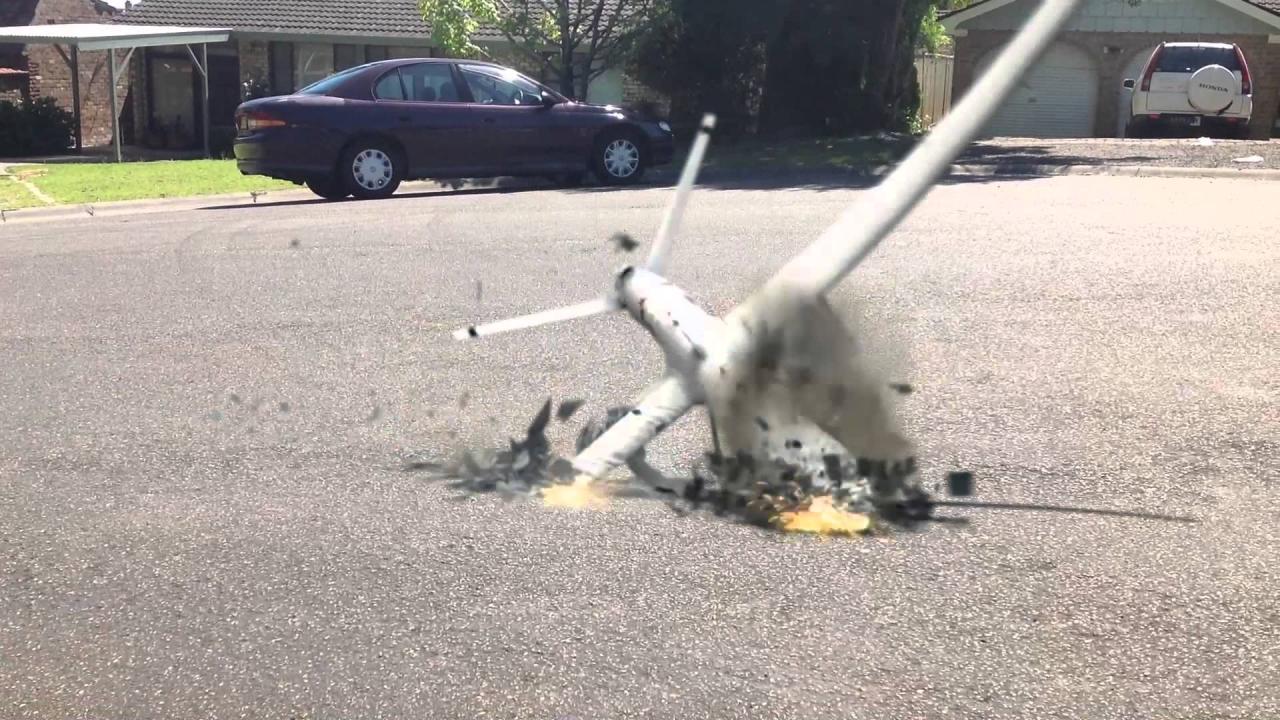
The scene immediately following the drone crash presented a stark contrast to the usual Parisian ambiance. The initial moments were marked by a sudden, jarring silence, broken only by the aftermath of the impact. The air, previously filled with the sounds of city life, was momentarily hushed before the sounds of sirens and the murmur of a growing crowd filled the void.The crash site itself was relatively small, contained within a limited radius around the point of impact.
However, the visual impact was significant. Pieces of the drone, ranging from relatively large fragments of its frame to minuscule electronic components, were scattered across a small area. The immediate vicinity showed signs of the force of the impact; small pebbles and dust were displaced, and some minor damage was visible on nearby surfaces. The surrounding environment, a typical Parisian street scene, provided a jarring juxtaposition to the chaotic debris field.
Buildings, cafes, and passersby formed a backdrop to the otherwise localized impact zone.
Drone Condition After Impact
The drone itself was severely damaged. Its once sleek and aerodynamic frame was fractured and twisted, bearing the unmistakable marks of a high-velocity impact. The protective casing was shattered in multiple places, revealing the internal electronics. Many of these components were visibly damaged or detached, lying scattered among the debris. The propellers, once spinning instruments of controlled flight, were broken and bent, rendered useless.
The overall condition of the drone strongly suggested a catastrophic failure, leaving little doubt about the severity of the incident.
Immediate Aftermath
The immediate aftermath was a flurry of activity. First responders arrived quickly, securing the area and beginning an assessment of the situation. The crowd that had gathered began to discuss the events, with a mix of shock, concern, and morbid curiosity evident in their expressions and conversations. The initial chaos gradually subsided as the emergency services took control, establishing a perimeter and beginning the process of evidence collection and investigation.
The quiet hum of the city slowly returned, overlaid with the ongoing work of the emergency personnel.
Final Summary
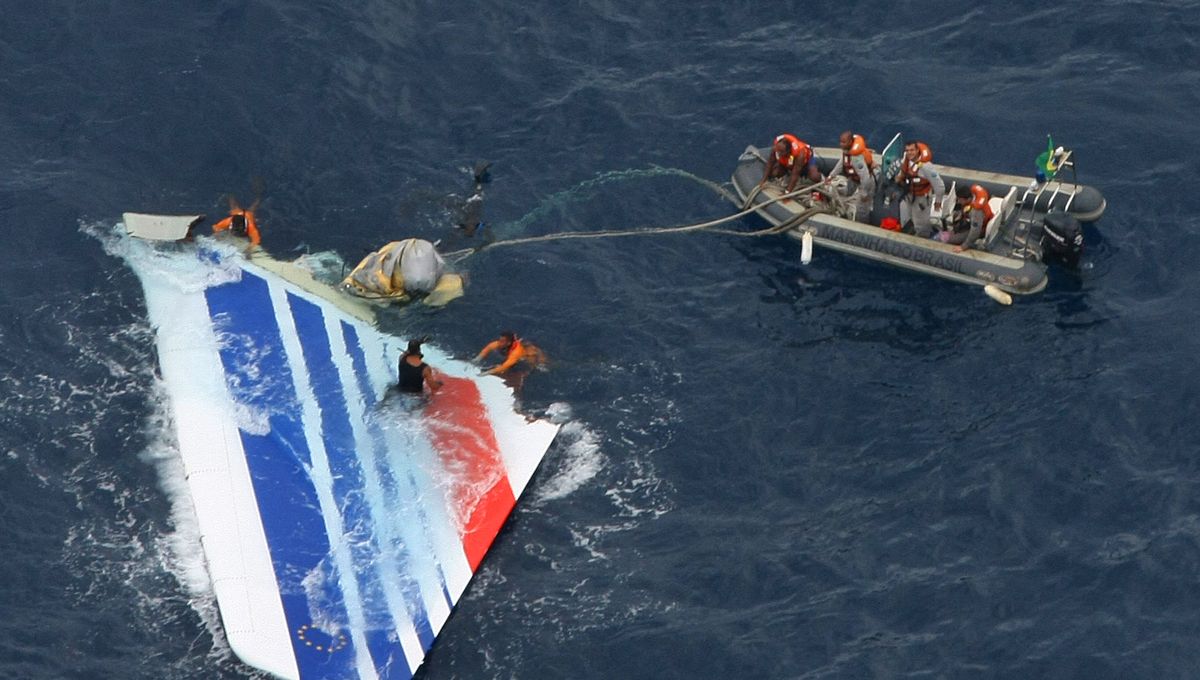
The Paris drone crash serves as a stark reminder of the potential risks associated with drone technology, even in controlled environments. While the specific cause might remain debated, the incident underscores the urgent need for robust safety regulations, advanced technological safeguards, and increased pilot training. Moving forward, a collaborative effort between regulators, manufacturers, and pilots is crucial to ensure the safe and responsible integration of drones into our increasingly urbanized world.
Only through careful planning and proactive measures can we mitigate the risks and harness the full potential of this innovative technology.
Expert Answers: Paris Drone Crash
What type of drone was involved?
The specific model will be detailed in the main report, but information will be included about the drone’s size, capabilities, and manufacturer.
Were there any injuries?
The extent of injuries, if any, will be detailed in the section on the incident’s impact and response.
What is the current status of the investigation?
Information regarding the ongoing investigation will be updated as it becomes available.
What are the penalties for violating drone regulations in Paris?
Details on penalties for violating drone regulations in Paris will be provided in the section covering regulatory and safety implications.
